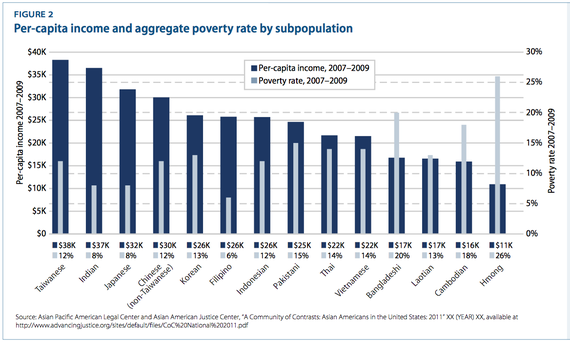Asclepias
Diamond Member
- Aug 3, 2013
- 114,820
- 18,670
Well that should be expected. When the white race claims they are superior but puts major investment into building multiple systems that holds back a supposedly inferior race. the people from the supposedly inferior race are going to wonder why and start assuming that the white race must be inferior because they need extra help.Black racism is far more mainstream and accepted.That's why I didn't say anything about the Internet, because I didn't want to give you any wiggle room, I said anywhere.The internet has shut pro-white sites and accounts down.
You guys own the racism on the internet now.
Learn to read dumb-dumb.
It is harder to find a black person who isn’t racist than one who is.






